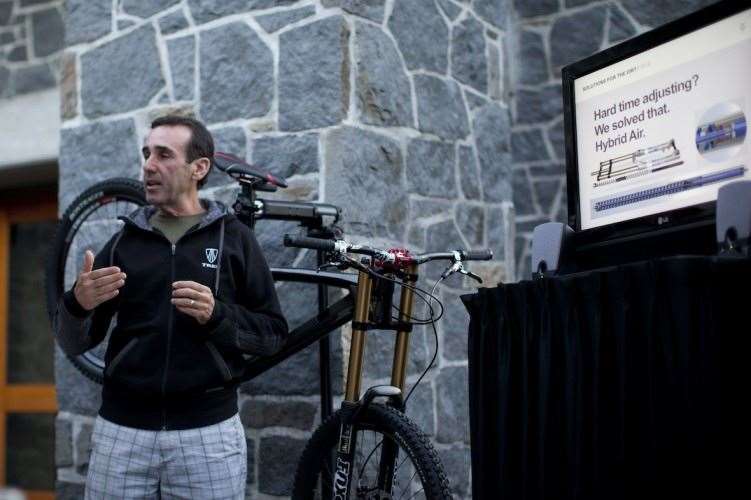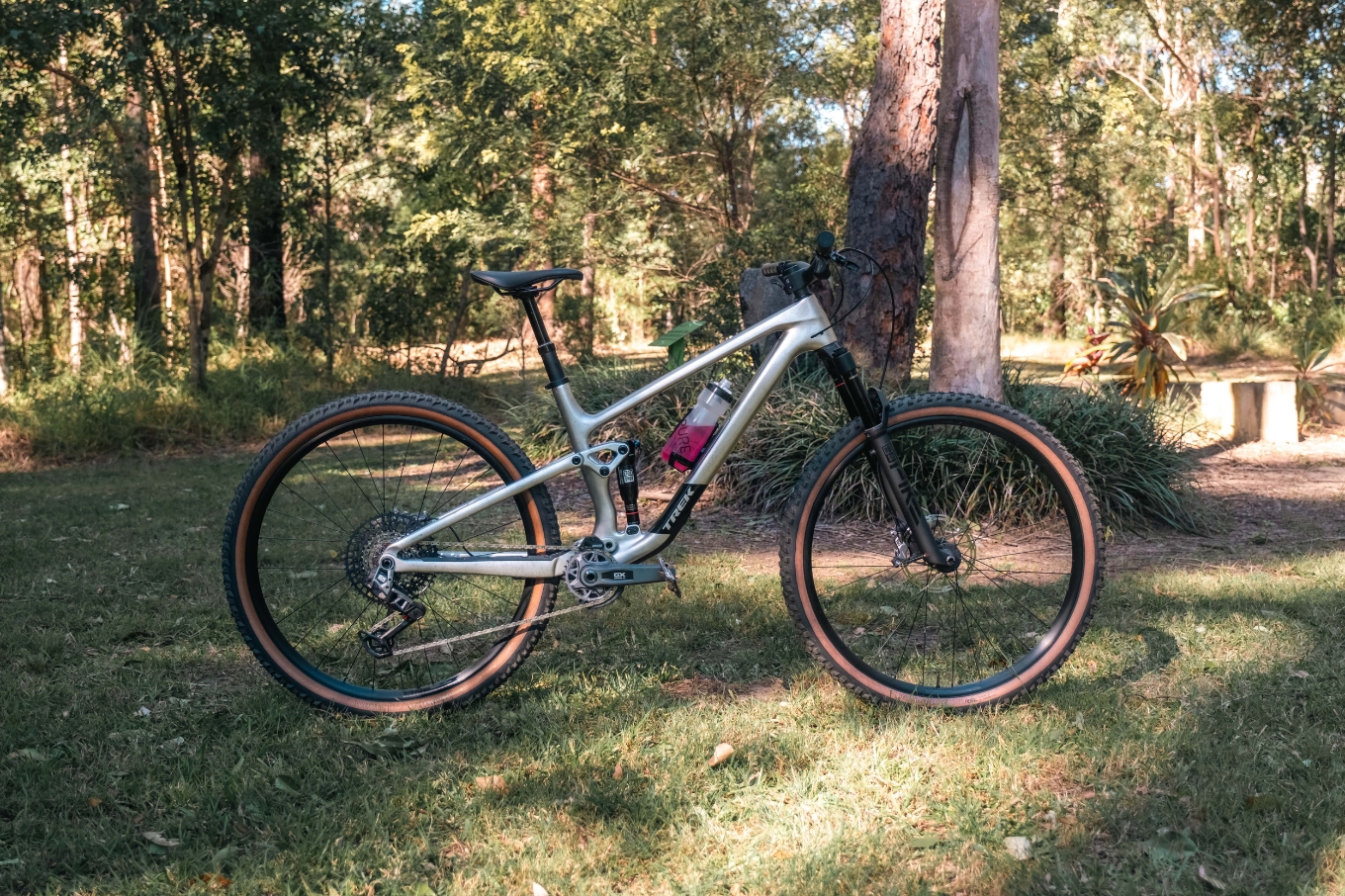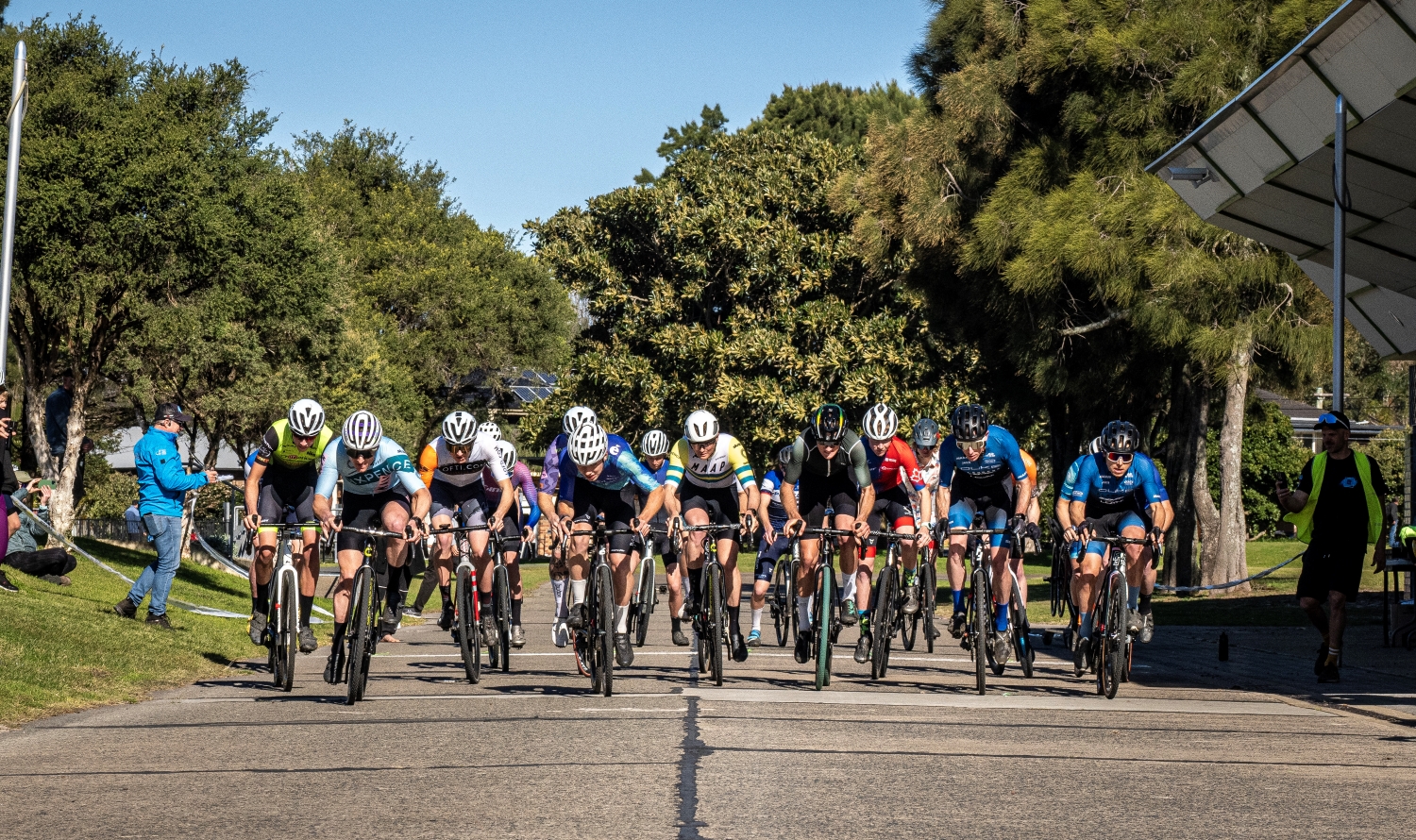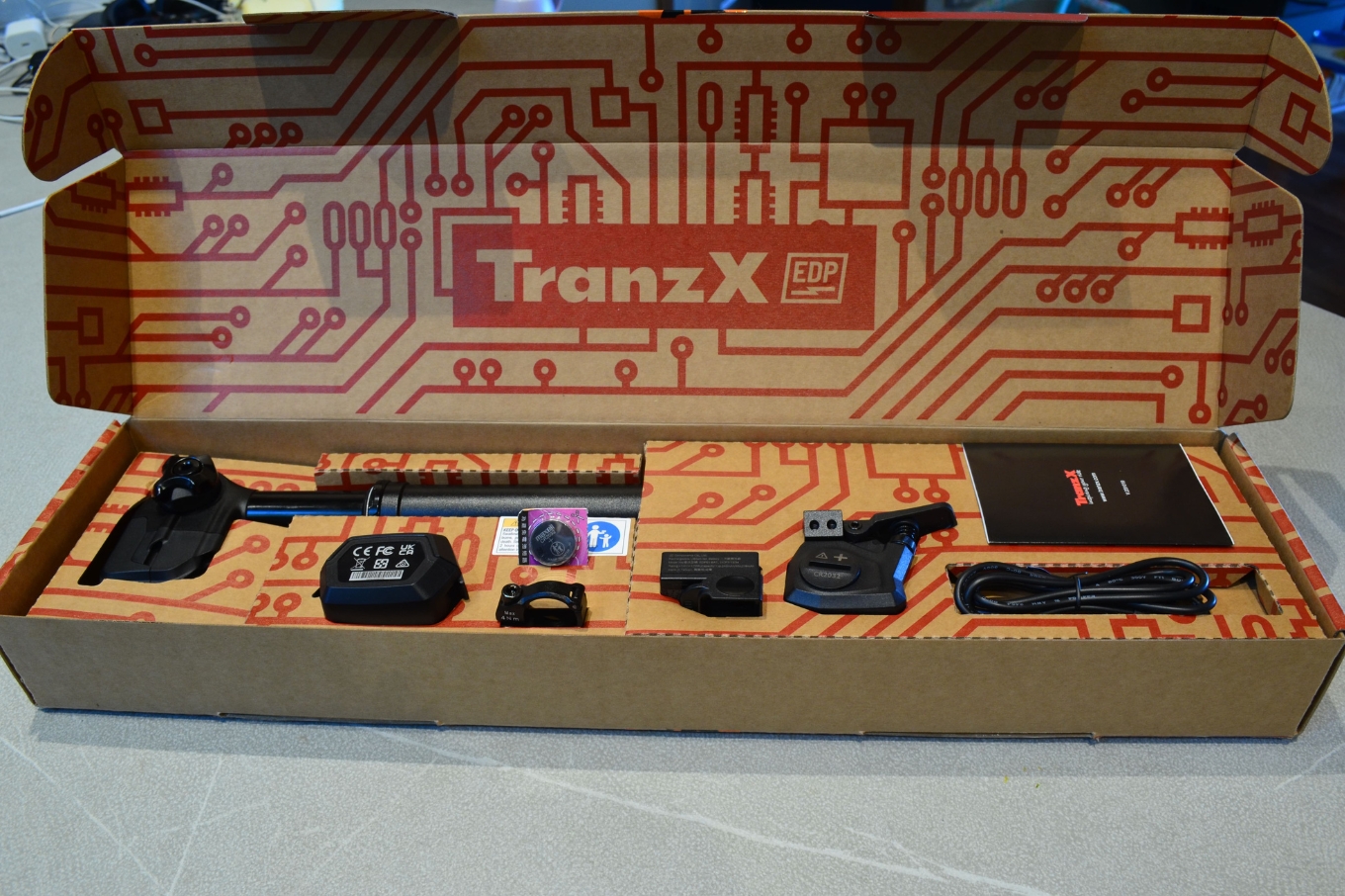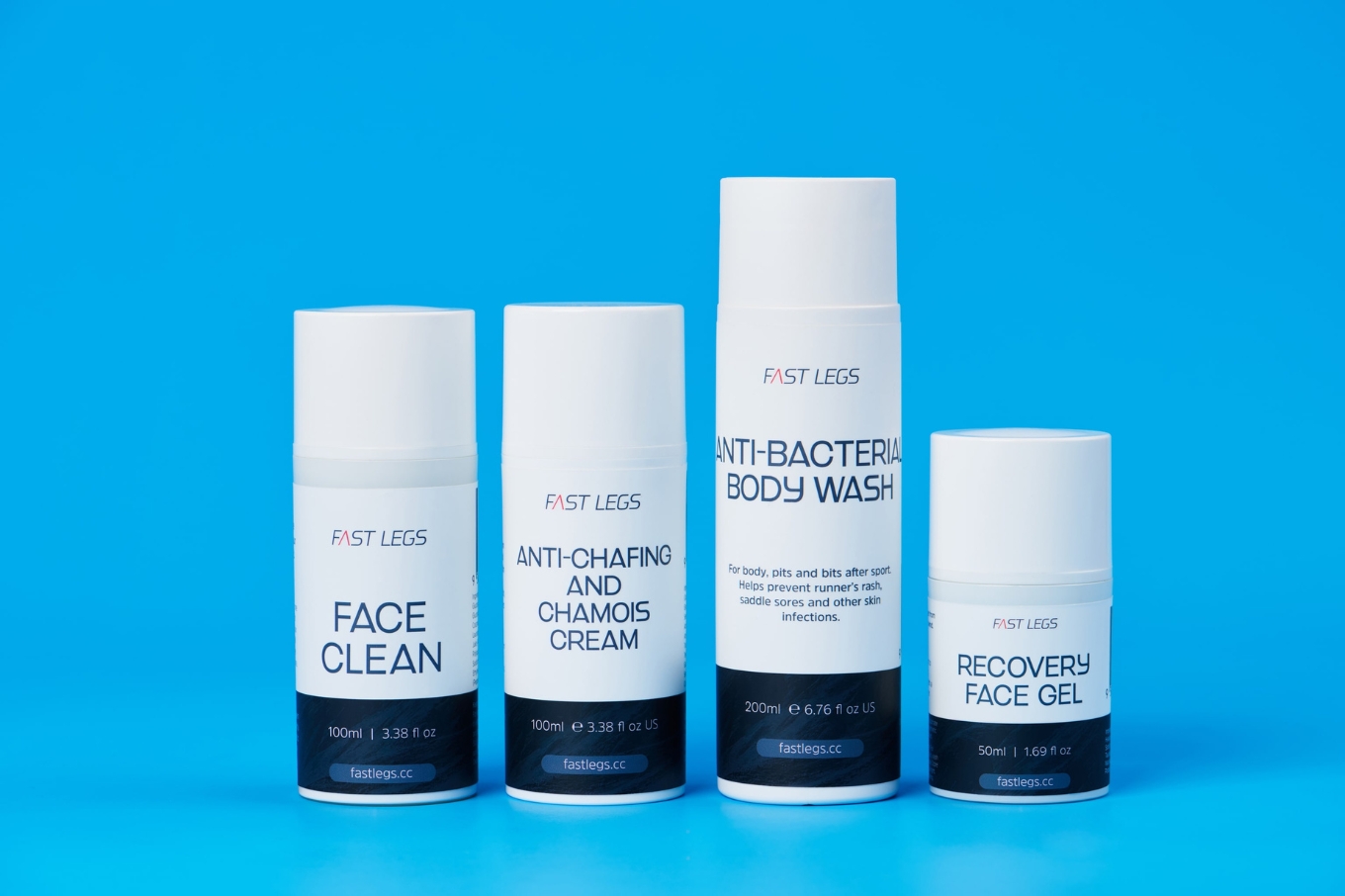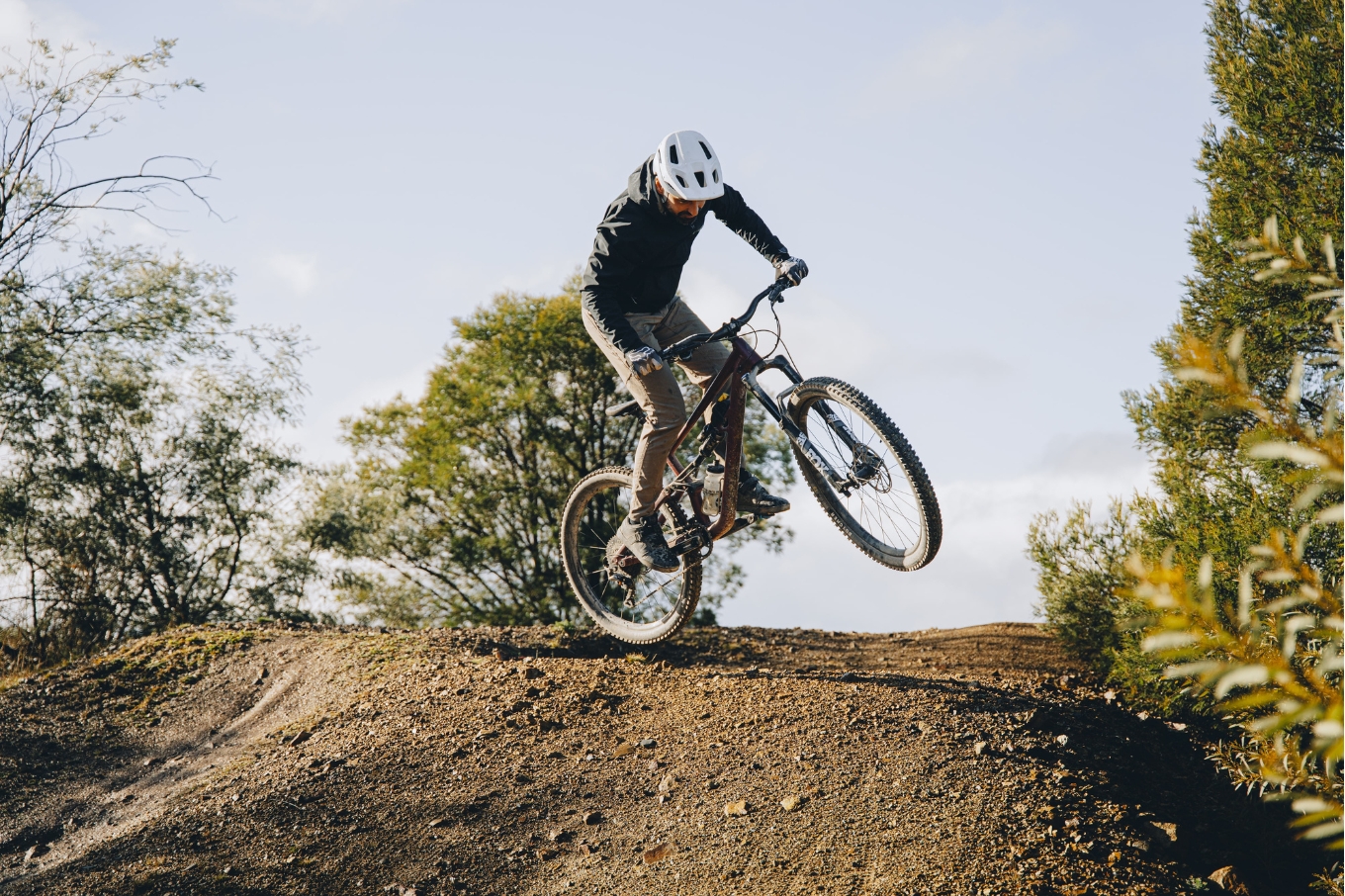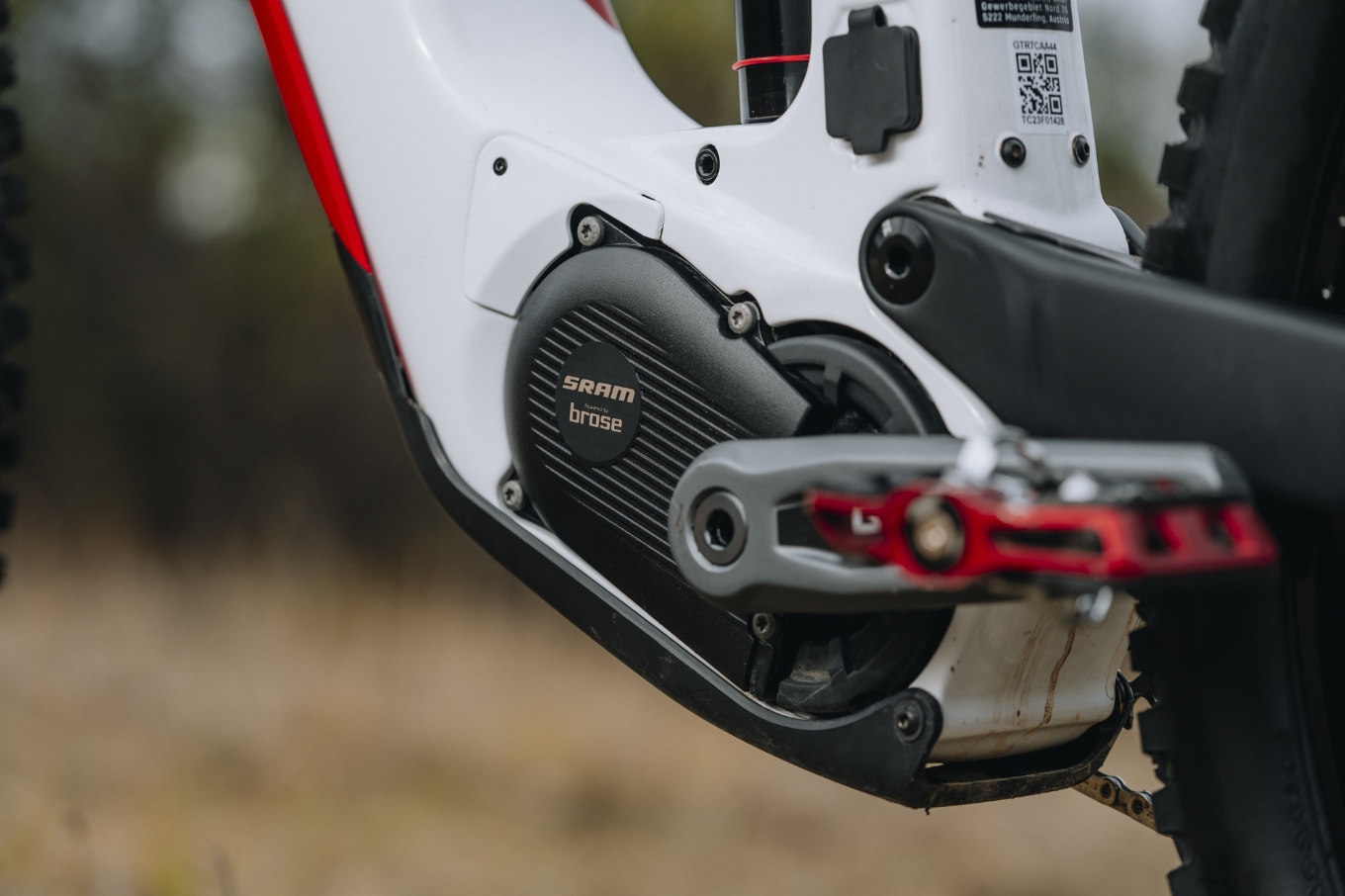Trek Suspension R&D - Factory Tour Part 2
Part two of the Trek Suspension R&D factory tour, Wil Barrett talks to Jose Gonzalez about the development and tuning behind Trek full suspension bikes.
In Part 1 of my factory tour with Trek Bikes Suspension Lab, I took you through the design, prototyping and testing that goes into some of the suspension products being developed for Trek’s mountain bike range. Run by Jose Gonzalez (previously of Manitou and Kawasaki fame), the Suspension Lab is a standalone facility based in Southern California. The job of Gonzalez and his team is to pursue new opportunities to progress suspension technology, which they do with both in-house and on-trail testing.
Following my visit to the Suspension Lab, Trek released several new mountain bikes, including the Procaliber hardtail, as well as the Top Fuel and Fuel EX 29 bikes. I got in contact with Jose Gonzalez to ask him a few questions about the new bikes and the fact that the Fuel EX and Remedy models have moved away from the DRCV rear shock design.
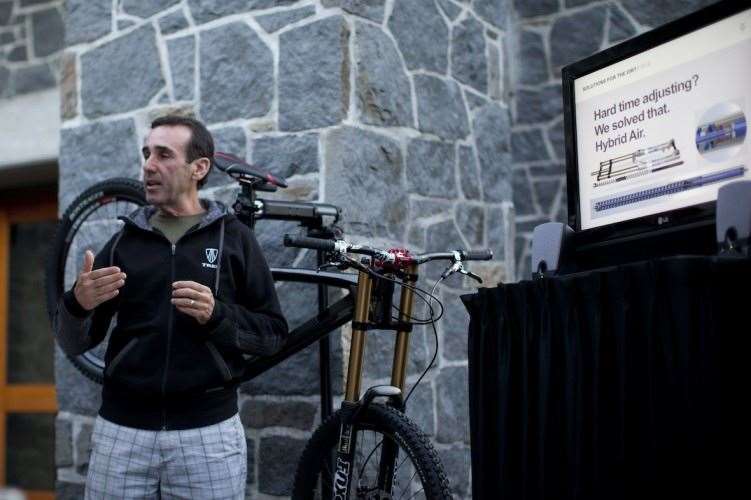 Trek Launch in Whistler BC, Sept 2011
Trek Launch in Whistler BC, Sept 2011You mentioned it took a lot to convince Trek to establish the current facility; why did Trek hire you in the first place and what were their expectations like?
“It didn’t necessarily take a lot to convince Trek but I did need to create a proposal for what I had in mind and elaborate on why it was necessary. It did take a couple of months for Trek higher ups to sign off on opening up a remote facility and working remotely. It was an immediate opportunity if I was willing to work out of Trek HQ in Wisconsin. I just felt that I couldn’t deliver to my full potential being based there.
Trek wanted to become a legitimate leader in full suspension mountain bikes and to do that you need to have internal suspension expertise. You can’t solely rely on the suspension companies to do that for you. Having that internal expertise and capability allows you to make the right decisions and choices when it comes to selecting suspension technologies as well as coming up with your own stuff when needed. DRCV, Hybrid Air and Re:Aktiv are great examples of that.”
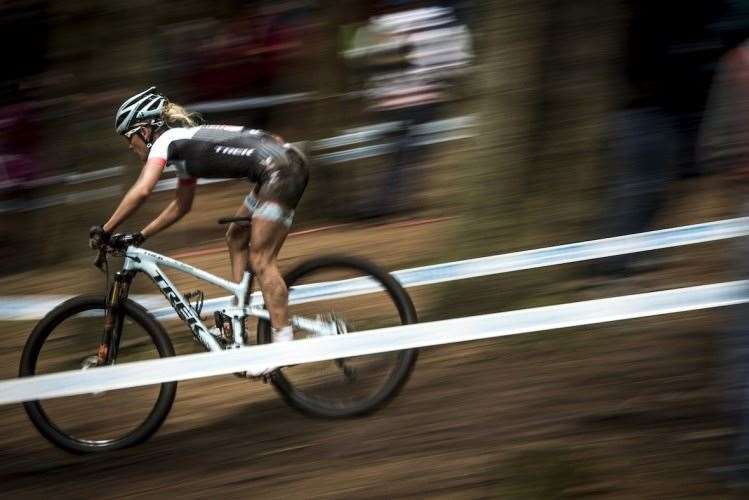
What suspension companies would you say that you have close working relationships with?
“Besides Penske Shocks as an R&D and technology partner, we have close working relationships with Fox and RockShox. We’ve also begun to develop a close relationship with DVO Suspension as well.”
How would you define the overall ‘philosophy’ of how Trek approaches their suspension mountain bikes?
“Simply put, it’s a balance approach to suspension – not overly emphasising kinematics and under emphasising the shock or vice versa. By approaching it as a balanced approach, you allow for the shock to have an influence on the ride, suspension properties and control quality. Conversely, you can’t fix poor kinematics with a shock. Plus, when the shock is a key contributor to those qualities, it allows for the rider to tweak the performance to their liking without going backwards (making it worse).”
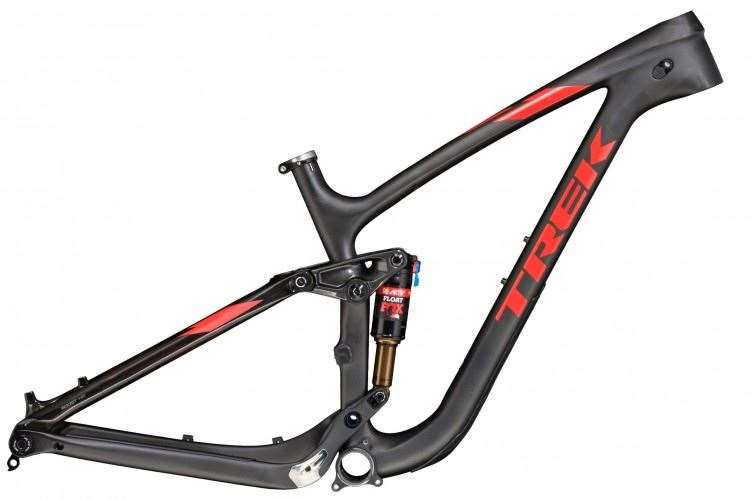
The new Fuel EX 29 has moved away from the DRCV shock and features the new Fox EVOL air can. Tell us about the decision to run with this shock after DRCV has become such an important feature of the Fuel and Remedy range.
“The spring curve of Fox’s new Float EVOL (extra volume) shocks matches the linear spring curve we previously relied on DRCV to provide. With EVOL, you get the same great suspension feel of DRCV without the extra cost of a custom shock body. This cost saving allows us to offer our exclusive RE:aktiv damper on more models. As a result, the Fuel EX 8 and higher models in both wheel sizes will feature this unparalleled damping performance.”
How long has Trek been working with Fox and RockShox on their new Debonair/EVOL air springs?
“I believe it’s now going on 3 years…but for sure at least 2 years. If I’m not mistaken, both of those companies did have their own independent development going for about a year prior to working on the specifics for Trek.”
 Ryan Vanderham and Andrew Shandro in Pemberton, British Columbia
Ryan Vanderham and Andrew Shandro in Pemberton, British ColumbiaDo you think that Fox and RockShox were attempting to replicate the DRCV spring curve?
“I think they were after a similar linear spring curve that offered suppleness and support up to and through midstroke without excessive progression out of the air spring. That does sound a lot like the DRCV spring curve but I can’t say that they were purposely after exactly replicating DRCV.”
A couple of seasons ago, the same thing happened with the DRCV forks. Tell us about the similarities in the decision to move away from the DRCV fork system.
“The main similarities are that custom, complex systems always cost more and it’s desirable to shift to simpler, shared technology if the performance parameters are met. It allows for other enhancements, such as putting those dollars into a better damper like Re:aktiv. We don’t get too caught up in having exclusive technologies for the sake of exclusiveness. We’re solely focus on achieving the performance characteristics we want our bikes to have, so if we can do that with a shared technology that’s less costly…”
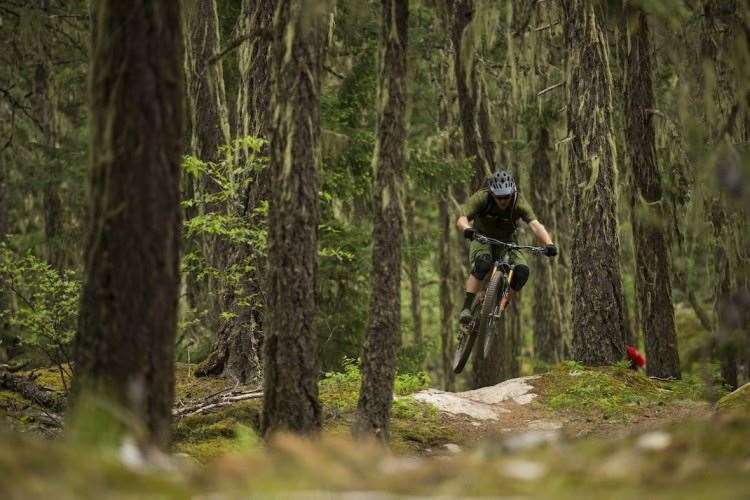 Ryan Vanderham and Andrew Shandro in Pemberton, British Columbia
Ryan Vanderham and Andrew Shandro in Pemberton, British ColumbiaWe were half expecting to see a RE:aktiv damper implemented into the fork, but that doesn’t appear to be the case on the 2016 bikes. Is that something Trek is working on with Penske? Or is the RE:aktiv damper less beneficial on the front wheel?
“We certainly are investigating Re:Aktiv in numerous new applications, including forks. We do believe that it offers similar benefits on the front wheel but forks have some unique requirements. Forks differ from shocks quite a bit, such as the 1:1 ratio, lack of kinematics, front end loading during braking, cornering and descending and a more direct connection to the rider. Like I said, we are looking into it but not rushing it.”
With the move to the EVOL rear shock, has there been any updates or changes to the RE:aktiv damper in the new Fuel EX 29?
“We’ve made some refinements to the valve function but otherwise they perform identically. Keep in mind that the EVOL spring curve is virtually identical to DRCV so feel and function is the same.”
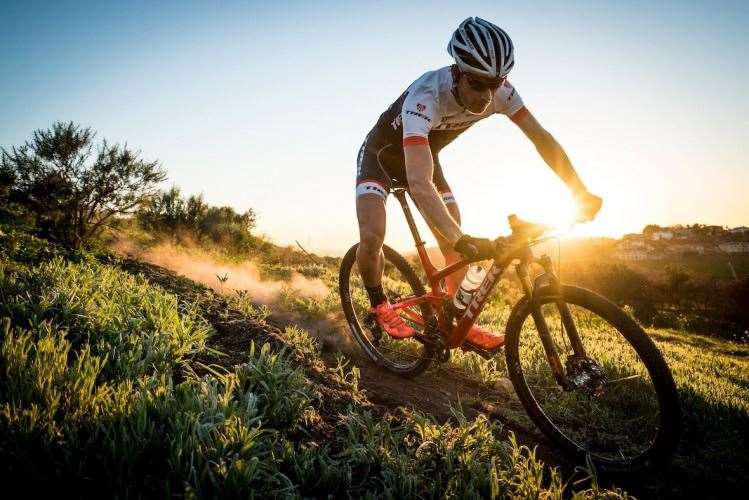
There’s obviously a lot less suspension travel on a 100mm bike than there is on a full blown downhill bike. How involved were you with developing the new Top Fuel dual suspension race bike?
“Yes, for sure we were involved with the kinematics and shock choice/tuning. Regardless of travel and category, all our full suspension bikes follow a similar design and development process that involves the suspension R&D team. For one, Dylan Howes, Ted Alsop and I discuss the leverage ratio and rate of all full suspension bikes, regardless of category, prior to and during the prototype process. That discussion takes into account the intended shock choice and damper technology.”
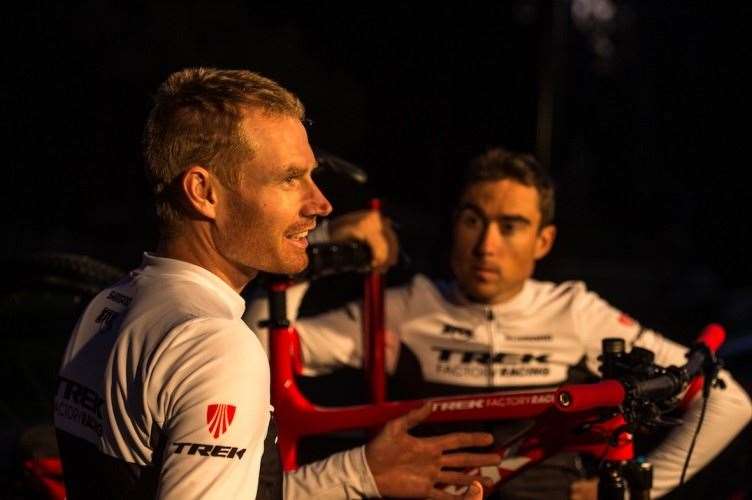
The Procaliber obviously doesn’t feature a rear shock. Did you have any input on this bike?
“We did some initial testing on the early prototypes and gave feedback on the performance qualities. But all the design work was done by the team in Waterloo.”
Given the amount of tuning that you take to integrate suspension into Trek’s dual suspension bikes, do you see a point in the future where Trek would manufacture their own forks and shocks?
“No, not at all. There’s a lot that goes into manufacturing suspension. When you have outstanding partners like Fox and RockShox to leverage, it is extremely difficult to justify or need to do that. Besides, we get to focus on the really fun part of suspension…”
Following my tour of the Suspension Lab, I came away inspired and somewhat humbled by all of the design and testing that goes on behind the scenes for each new Trek mountain bike. So 2 weeks after my visit when I read the press release for the release of the new 2016 Fuel EX 29, I gave a little thought towards all of the test riding and dyno sessions that Gonzalez and his team likely did for the Fox 34 fork and EVOL shock fitted to that bike. Of course there are many, many people involved in the production of a bike such as the 2016 Fuel EX 29, though it’s clear that Gonzalez plays a large role in ensuring that each bike does indeed have that mythical ‘balanced performance’. While many of the new bikes hitting the market right now are exciting, from what I had the chance to see however, their most exciting work is still to come…
A huge thanks must be passed to Jose Gonzalez and the Trek team for allowing me to drop in to the Suspension Lab in the first place, and for taking the time to answer my stupid questions. If you want more information on Trek’s mountain bike range, head to www.TrekBikes.com

